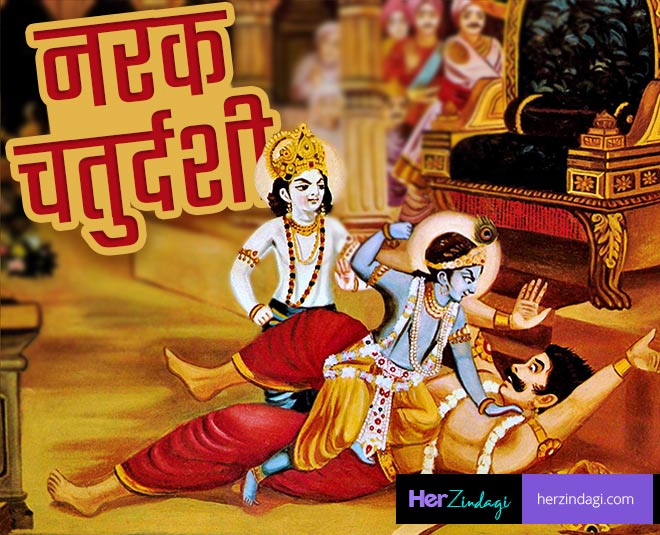This is default featured slide 1 title
Go to Blogger edit html and find these sentences.Now replace these sentences with your own descriptions.This theme is Bloggerized by Lasantha Bandara - Premiumbloggertemplates.com.
This is default featured slide 2 title
Go to Blogger edit html and find these sentences.Now replace these sentences with your own descriptions.This theme is Bloggerized by Lasantha Bandara - Premiumbloggertemplates.com.
This is default featured slide 3 title
Go to Blogger edit html and find these sentences.Now replace these sentences with your own descriptions.This theme is Bloggerized by Lasantha Bandara - Premiumbloggertemplates.com.
This is default featured slide 4 title
Go to Blogger edit html and find these sentences.Now replace these sentences with your own descriptions.This theme is Bloggerized by Lasantha Bandara - Premiumbloggertemplates.com.
This is default featured slide 5 title
Go to Blogger edit html and find these sentences.Now replace these sentences with your own descriptions.This theme is Bloggerized by Lasantha Bandara - Premiumbloggertemplates.com.
Wednesday, October 23, 2019
Five Days Celebration Of Diwali- DHANTERAS
पहला दिन: धनतेरस
दिवाली के पहले दिन को धन्वंतरी त्रयोदसी या धनवंतरी त्रयोदसी भी कहा जाता है जिसे धन तेरस कहा जाता है। यह त्योहार है जो दीवाली उत्सव की शुरुआत का प्रतीक है और इसलिए इसे दीपावली के पांच दिन लंबे उत्सव का पहला दिन माना जाता है। धनतेरस को धन की देवी देवी लक्ष्मी का आशीर्वाद लेने के लिए मनाया जाता है। धन तेरस के समामेलन में 'धन' का अर्थ है धन। समृद्धि और कल्याण प्रदान करने के लिए इस दिन भगवान यम की भी पूजा की जाती है
pahala din: dhanateras
divaalee ke pahale din ko dhanvantaree trayodasee ya dhanavantaree trayodasee bhee kaha jaata hai jise dhan teras kaha jaata hai. yah tyohaar hai jo deevaalee utsav kee shuruaat ka prateek hai aur isalie ise deepaavalee ke paanch din lambe utsav ka pahala din maana jaata hai. dhanateras ko dhan kee devee devee lakshmee ka aasheervaad lene ke lie manaaya jaata hai. dhan teras ke samaamelan mein dhan ka arth hai dhan. samrddhi aur kalyaan pradaan karane ke lie is din bhagavaan yam kee bhee pooja kee jaatee hai
Celebrations:
Legends:
The story of Yamadeedaan:
The Story of Samudramanthan:
DIWALI 5 DAY OF CELEBRATION

doosare din ko narak-chaturdashee ya adhik lokapriy roop se chhotee divaalee kaha jaata hai jo kaartik maheene ke 14 ven din aatee hai. yah tyauhaar bhagavaan naresh, narakaasur par krshn kee vijay ke upalakshy mein manaaya jaata hai. is din ko hanumaanajee ya hanumaan jayantee ke janmadin ke roop mein bhee manaaya jaata hai. isake alaava, is din hanumaanajee bhagavaan raam ke lambe samay se prateekshit sandesh dene ke lie ayodhya pahunche. deevaalee kee tarah hee log apane gharon ko roshanee se bharane ke lie chhotee deevaalee par deeya jalaate hain, devee lakshmee kee pooja karate hain aur unhen pooja archana karate hain aur pataakhe bhee phodate hain lekin ye sabhee cheejen utanee bhavy nahin hotee hain jitanee ki mukhy deevaalee ke din.
The Third Day of this festival of Diwali is the most important day of Lakshmi Puja which is entirely devoted to the propotiation of Goddess Lakshmi.On this dark new moon night, the entrances to all homes are lit up and decorated with rangoli patterns to welcome Lakshmi, the radiant consort of Vishnu and the goddess of wealth and lustre.
Diwali is the last day of financial year in traditional Hindu business and businessmen perform Chopda Pujan on this day on the new books of accounts. Diwali is the festival when the new business year begins it is said that Diwali is the "Time to shop or start new ventures".
The fourth day of diwali celebrations is 'Padwa' or 'Varshapratipada'. In the North India Govardhan Puja is performed with great zeal and enthusiasm. On this day, Goverdhan Pooja is performed. This day is also observed as Annakoot and prayers are offered in the temples. The day after the Lakshmi Puja, most families celebrate the new year by dressing in new clothes, wearing jewellery and visiting family members and business colleagues to give them sweets, dry fruits and gifts.
paanchavaan din: bhaee dooj
bhaiya dooj ya bhaee dooj ek aisa tyohaar hai jo divaalee ke paanchaven din manaaya jaata hai aur yah doosare din divaalee ke baad aata hai jo kaartik ke hindee maheene mein shukl paksh dviteeya ko manaaya jaata hai. bhaee dooj ko prateek ke roop mein manaaya jaata hai bhaiyon aur bahanon ke beech pyaar aur sneh. bhaee dooj ek aisa tyauhaar hai jo deevaalee samaaroh ke ant ka prateek hai.
bhaee dooj bhaiyon aur bahanon ka tyohaar hai. is din, bahanen apane bhaee ke maathe par pavitr teeka lagaatee hain aur unake lambe jeevan ke lie praarthana karatee hain. bhaee apanee bahanon ko aasheervaad dete hain aur unhen jeevan mein sabhee kathinaiyon se bachaane ka vaada karate hain.
bhaiya ya bhaee ka arth bhaee hota hai, aur doj do din baad amaavasya ke din, yaanee do din baad kaartik maah kehindoo kailendar mein dikhaee deta hai.
bhaee dooj ko bhee paarivaarik sambandhon aur saamaajik judaav ke saath bahut kuchh karana hai. yah ek achchhe samay ke roop mein kaary karata hai, vishesh roop se ek vivaahit ladakee ke lie, apane parivaar ke saath milakar, aur deevaalee ke baad ke ullaas ko saajha karane ke lie
Saturday, October 19, 2019
Bhai Dooj भाई दूज
Bhai Dooj भाई दूज
















